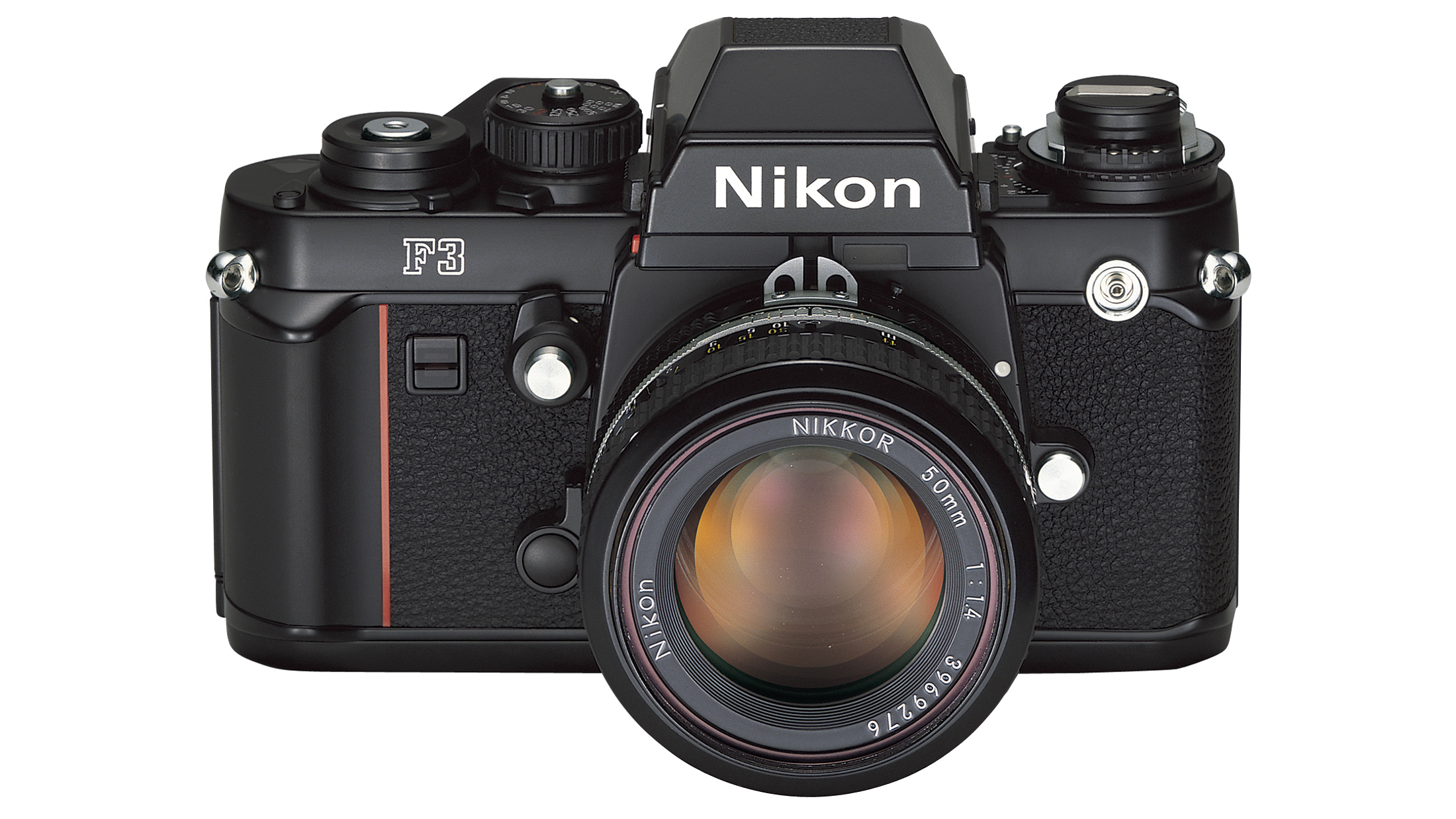Pro kit: Landscape photographer, educator and YouTuber Nick Hansen reveals what's in his camera bag
Professional photographer and educator Nick Hanson shows us his essential kit for landscape shooting
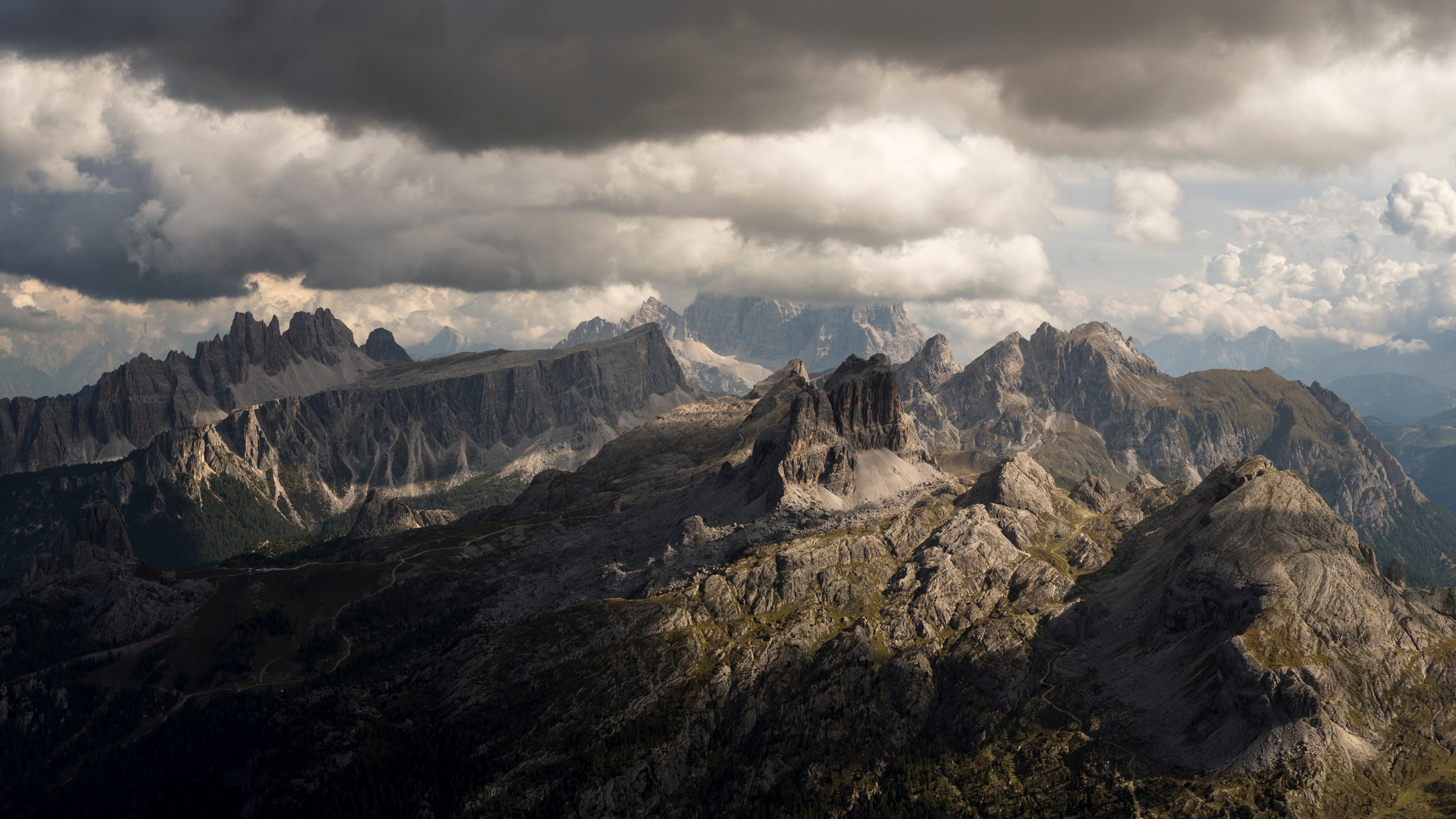
For Nick Hanson, the greatest sense of purpose comes when carrying his camera on a shoot in the wilderness. Based in the UK he’s a regular visitor to Wales, the Peak District and the Isle of Skye, where he runs workshops alongside a team of other professional photographers.
Nick wasn’t always a full-time pro, but a lucky workshop encounter on Skye enabled him to join the fold and become a teacher of sublime and scenic photography. He’s driven by a desire to exceed his expectations, rather than anyone else’s, believing that you can always find your own take on a landscape – even when it’s appeared on social media hundreds of times before.
Nick’s images are characterized by moody elements, strong contrasts between light and shade, and an eagerness to show the landscape in all its drama. We learn about his Canon kit, camera settings, and creative outlook…
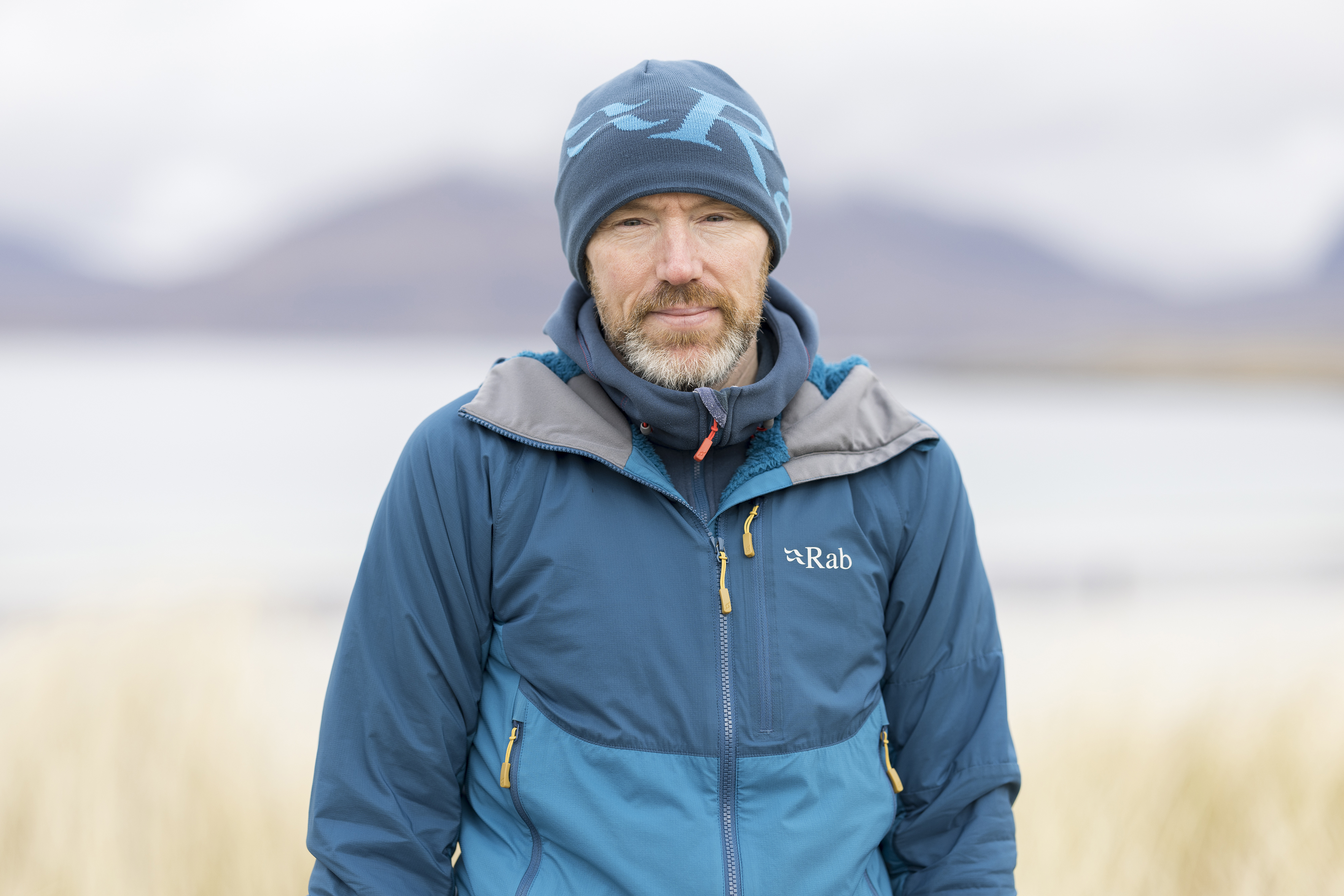
Nick specializes in workshops, prints and aerial commissions, and is part of the Skye Photo Academy – an experienced team offering guided photo workshops and holidays on the Isle of Skye and in Scotland. He’s also on the team of its parent company, Mc2, established by Marcus McAdam and James McCormick.
Nick has been shortlisted in many prestigious wildlife and landscape photo competitions and was Highly Commended in the Classic View category of Take a View, Landscape Photographer of the Year. He’s also been featured in the UK’s most popular photo publications.
Hey Nick. Have you always been a photographer?
My interest in photography started around 37 years ago when I was 14. I wouldn’t say I have always seen myself as a photographer, as it was more of a hobby turned passion for me, and I never saw myself making a living from it in any way. As a teenager, I wanted to work outdoors. I never knew what that would be, or how to take that forward, so I ended up in IT but it wasn’t until 2016 that it all changed for me.
What changed?
In August 2015, I was going to the Cairngorms for some wildlife photography and decided that, as it had been several years since I had visited Skye, I would book a day’s workshop with Marcus McAdam.
Towards the end of our workshop, Marcus mentioned that he didn’t know why I was in the workshop. He liked my approach to photography, and how I
went about capturing an image. On the back of that, he asked whether I would be interested in moving to Skye and joining the team (which was two people at the time). This was a dream come true and, of course, it didn’t take very long at all for me to say yes.
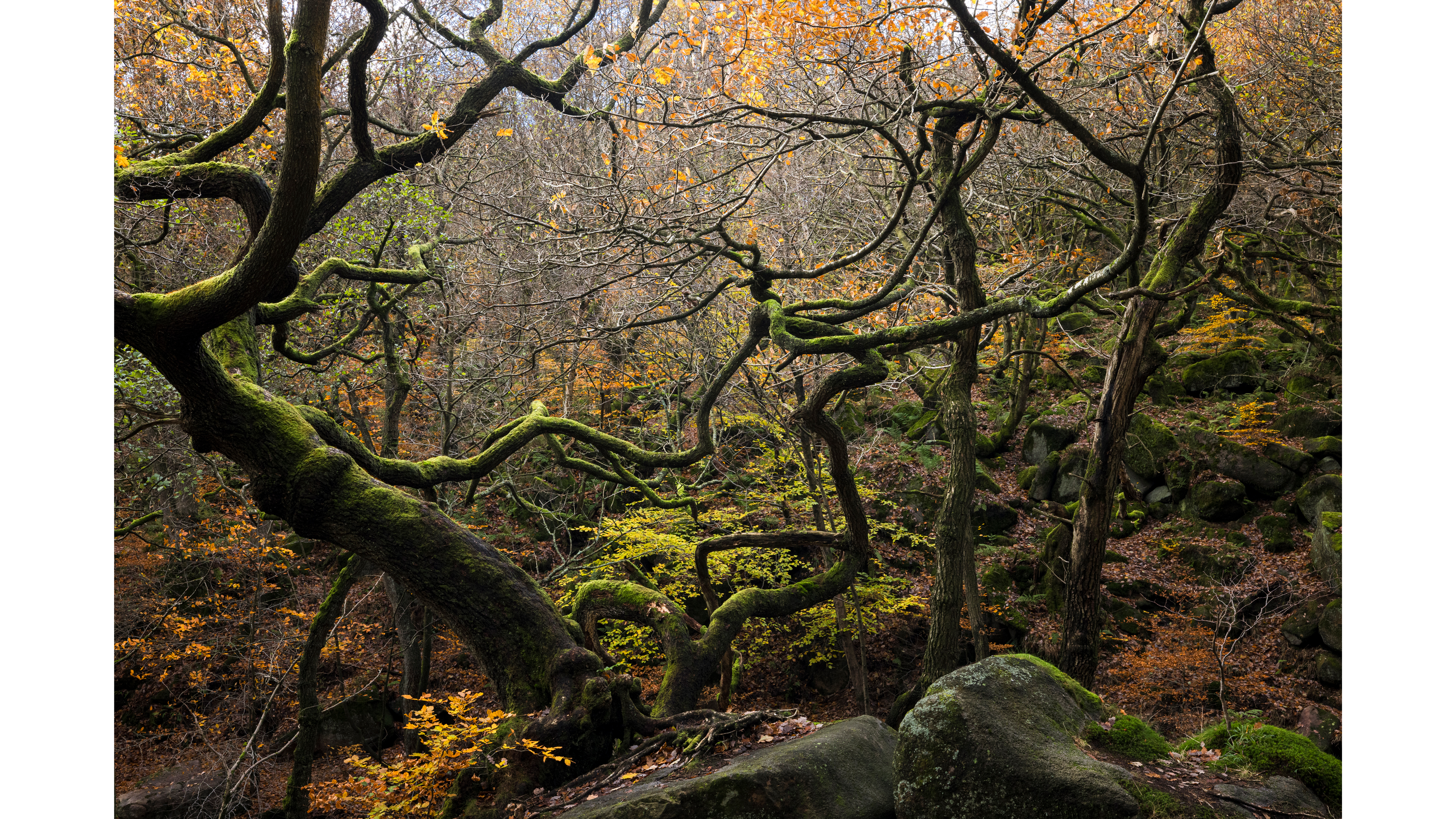
He obviously liked your style. How would you describe it?
I have never really considered myself as having a style and it’s not something I have gone out of my way to develop. For the most part, what I look for when shooting landscapes is mostly down to the conditions, in that my preference is for mood and atmosphere. When it comes to the capture and processing stages, I like my finished photograph to be true to what I saw.
What are your top spots on the Isle of Skye?
In particular, the Quiraing and Trotternish Ridge, especially for sunrise and morning photography. One of the most amazing parts of Skye is its landscape and features. I am also lucky enough to live just 15 minutes away. The Quiraing and Trotternish Ridge offer so many compositional possibilities that even though I have been on Skye for eight years now, there are still shots that I am waiting to capture.
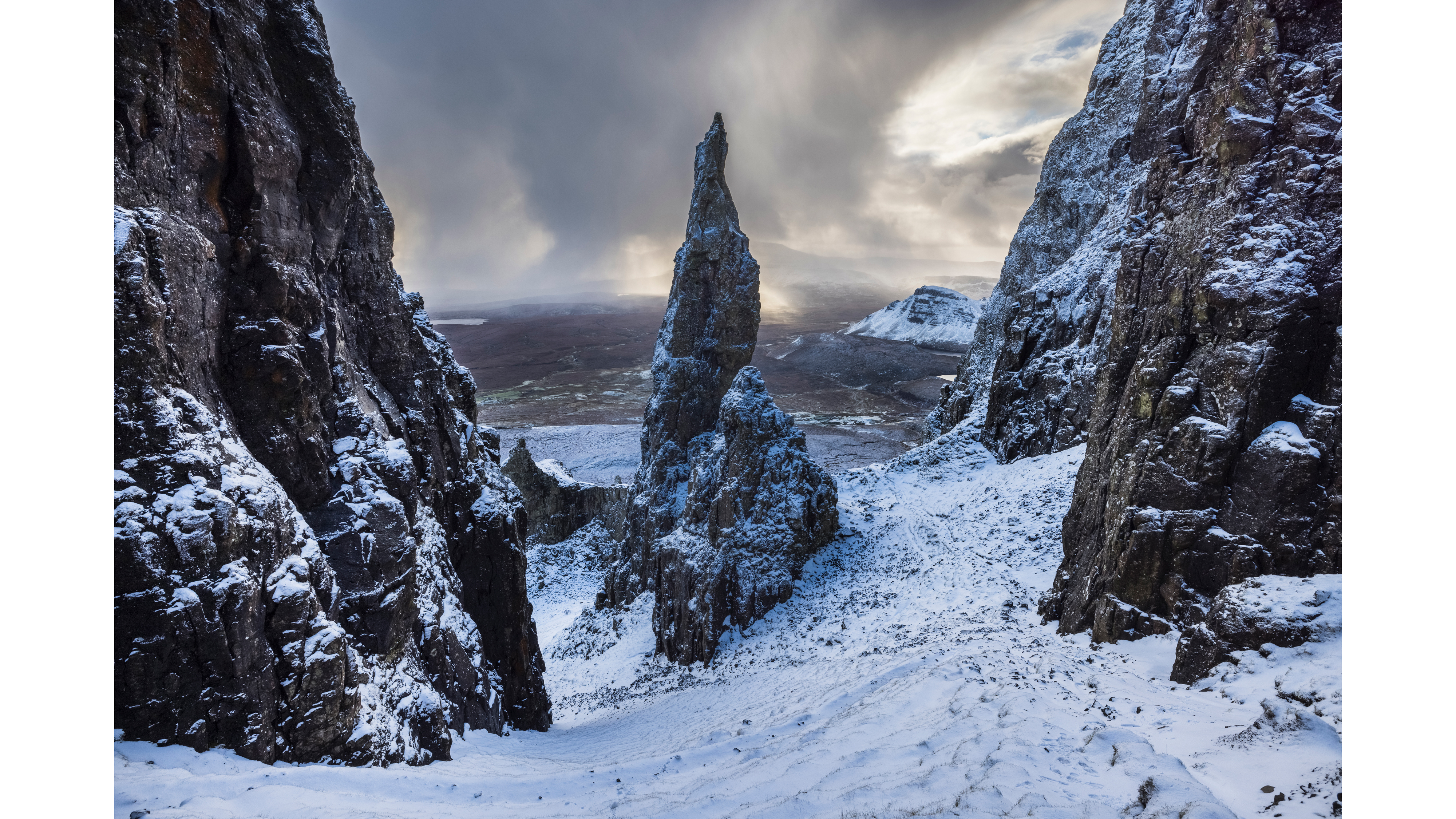
Talk us through your gear...
My main camera is the Canon EOS R5, which is the camera that is always in my bag. I have also recently purchased the EOS R6 Mark II as a backup camera and started doing my YouTube videos again and at a better quality than what my Canon EOS M50 produced.
I always take the Canon RS-80N3 remote control, especially when shooting seascapes, because the timing of the capture of the shot is critical and isn’t as easy to achieve when using the delay of the two-second self-timer.
The Canon RF 15-35mm f/2.8L, Sigma 50mm f/1.4 Art and the RF 70-200mm f/2.8L lenses make up everyday landscape lens setup. Finally, I have the RF 100mm f/2.8L Macro for close-up landscapes.
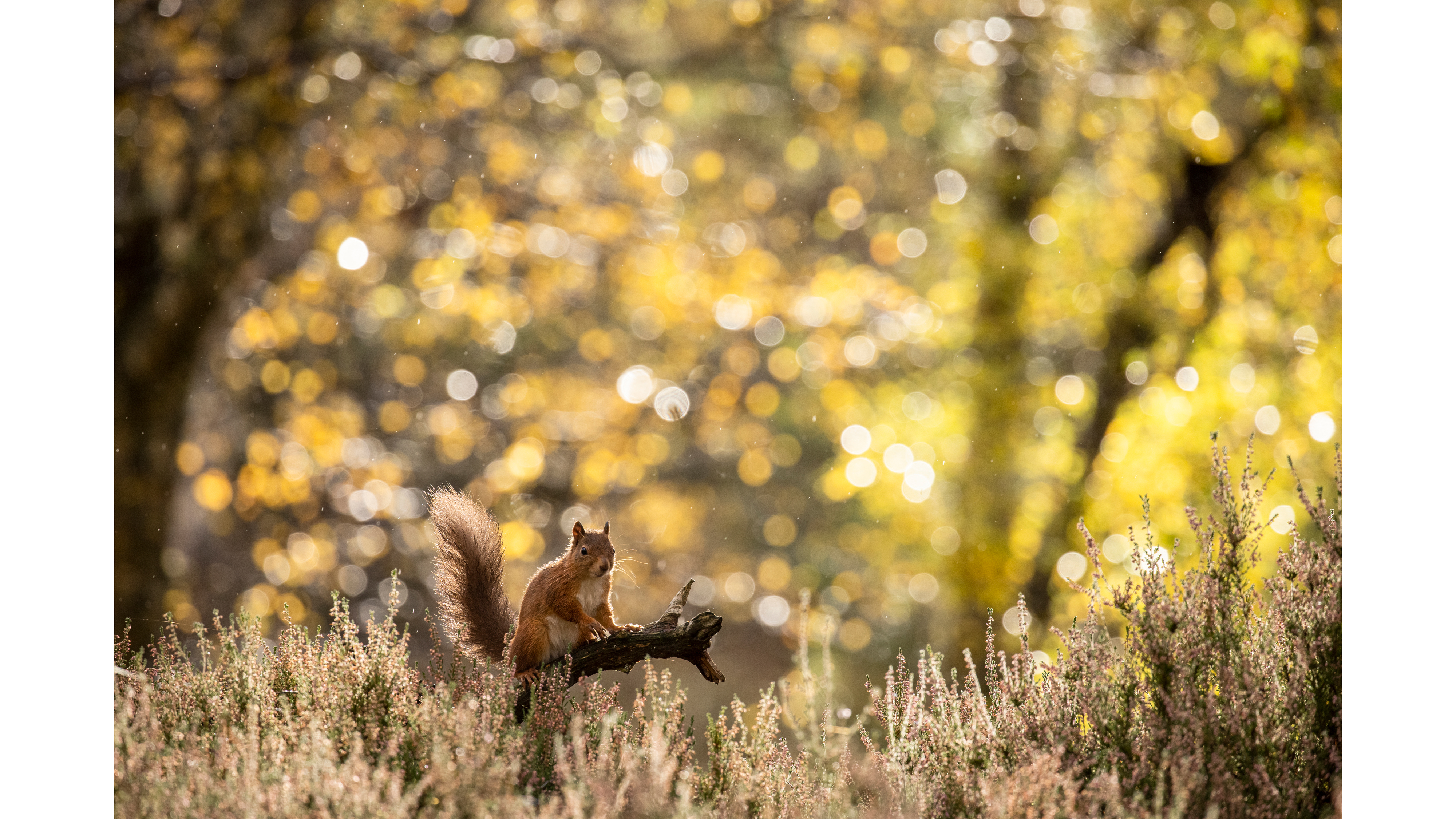
What’s your approach to camera settings? It is Manual mode all the way?
I like to have full control over the capture stage of my photographs, so I use Manual mode, as it enables you to dial in all three components of the exposure triangle – ISO, aperture and shutter speed. When in Aperture or Shutter Priority modes, you are almost in Manual mode anyway, as to get the exposure ‘correct’, you use exposure compensation, which changes the shutter speed and aperture respectively. However, I prefer to use Manual mode as it works for me.
When shooting on a tripod, I first set my ISO to 100 for the majority of the time. Then it’s a case of choosing the appropriate aperture for the lens / focal length I am using and what I want to be sharp within my composition. Finally, my shutter speed is mostly dictated by getting the histogram to be correct. Of course, for the likes of seascapes, I may have to add filters to allow me to get the slower shutter speed I want.
What are your hopes for 2024?
To keep fired up and motivated for my photography, which in turn will come across when I’m with my workshop customers. It has been around 10 months since I last uploaded one of my own YouTube videos, so I hope to start filming and publishing more in 2024.
A longer version of this interview originally appeared in Issue 213 of Photo Plus magazine. Click the link below to see our latest special subscription deal!
PhotoPlus: The Canon Magazine is the world's only monthly newsstand title that's 100% devoted to Canon, so you can be sure the magazine is completely relevant to your system. As a subscriber, you’ll enjoy big savings on shop prices and the convenience of having every issue delivered hot off the press. Every issue comes with downloadable video tutorials too.
Get the Digital Camera World Newsletter
The best camera deals, reviews, product advice, and unmissable photography news, direct to your inbox!
PhotoPlus: The Canon Magazine is the world’s only 100% Canon-focused title on the newsstand. Launched in 2007, for 14 years it has delivered news, reviews, buying guides, features, inspirational projects and tutorials on cameras, lenses, tripods, gimbals, filters, lighting and all manner of photography equipment.
Aimed squarely at enthusiast photographers who use the Canon DSLR or mirrorless camera systems, all content is tailored to Canon users – so everything from techniques to product tests are tailored to those using the EOS camera system.
Editor Peter Travers brings 14 years of experience as both a journalist and professional photographer, with Technique Editor Dan Mold shoring up the magazine with his 6 years of expertise.


